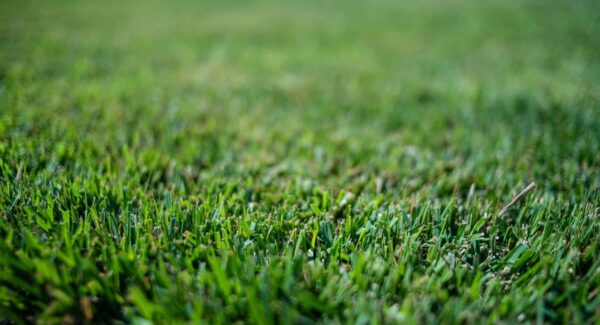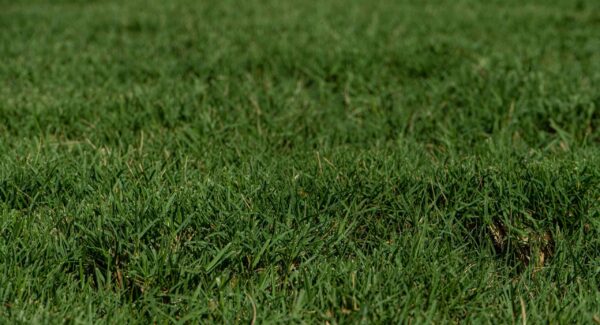Best Sod for Clay Soil: Choosing the Right Grass for Your Lawn
Establishing a lawn on clay soil is particularly challenging due to the soil’s poor water permeability, compacted structure, and difficulty supporting healthy grass growth due to the low availability of nutrients.
While clay soil may seem advantageous because it retains moisture, it creates significant problems. Clay absorbs water and swells, but it releases it slowly, creating unfavorable conditions for the grass. Even if a lawn establishes itself, it often suffocates in a damp, poorly ventilated environment.
However, adding organic matter and appropriate amendments can improve the soil structure, creating favorable conditions for grass root growth. So, there’s no need to worry about whether a lawn can thrive on clay soil because the answer is YES.
Choosing the right type of grass that can withstand the challenges of clay soil is essential to ensure a green, tidy, and well-maintained lawn.
Testing the soil is undoubtedly the first step, as this will provide clear indicators of the soil’s characteristics—pH levels and nutrient content—allowing you to take further steps to improve soil quality. Clay soils are generally alkaline, while grass prefers a more neutral pH—between 6.0 and 7.0.
In this article, you will learn about:
- The main characteristics of clay soil
- How to choose sod for clay soil
- The best grass varieties for clay soil
- How to prepare clay soil before laying sod
- How to care for grass on clay soil
- The most common challenges in maintaining a lawn on clay soil
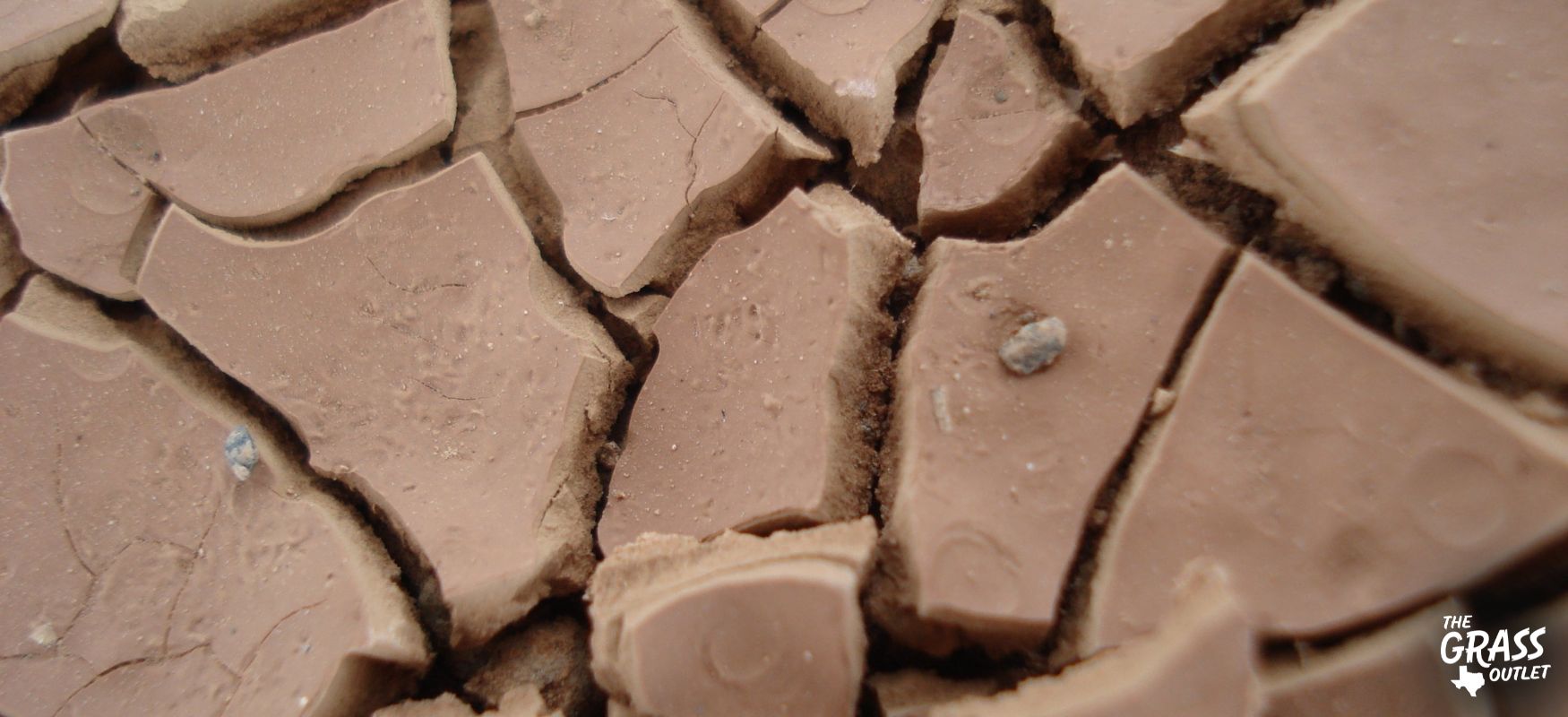
What Exactly Is Clay Soil?
Clay soil is characterized by its fine particles and dense structure, primarily composed of aluminum, silicon, magnesium, and iron oxides. These particles create heavy soil that can retain large amounts of water but make it difficult for the water to drain away.
This soil’s ability to retain moisture often leads to plant root rot. Dry weather can also be problematic, as clay soil becomes extremely hard and compacted.
The compact structure of clay soil makes it difficult for grass and plants to grow, as roots struggle to penetrate such tightly packed soil. This results in limited access to nutrients essential for healthy grass growth.
Due to the tightly packed fine particles, clay soil has poor drainage and ventilation, posing a significant challenge for many types of grass.
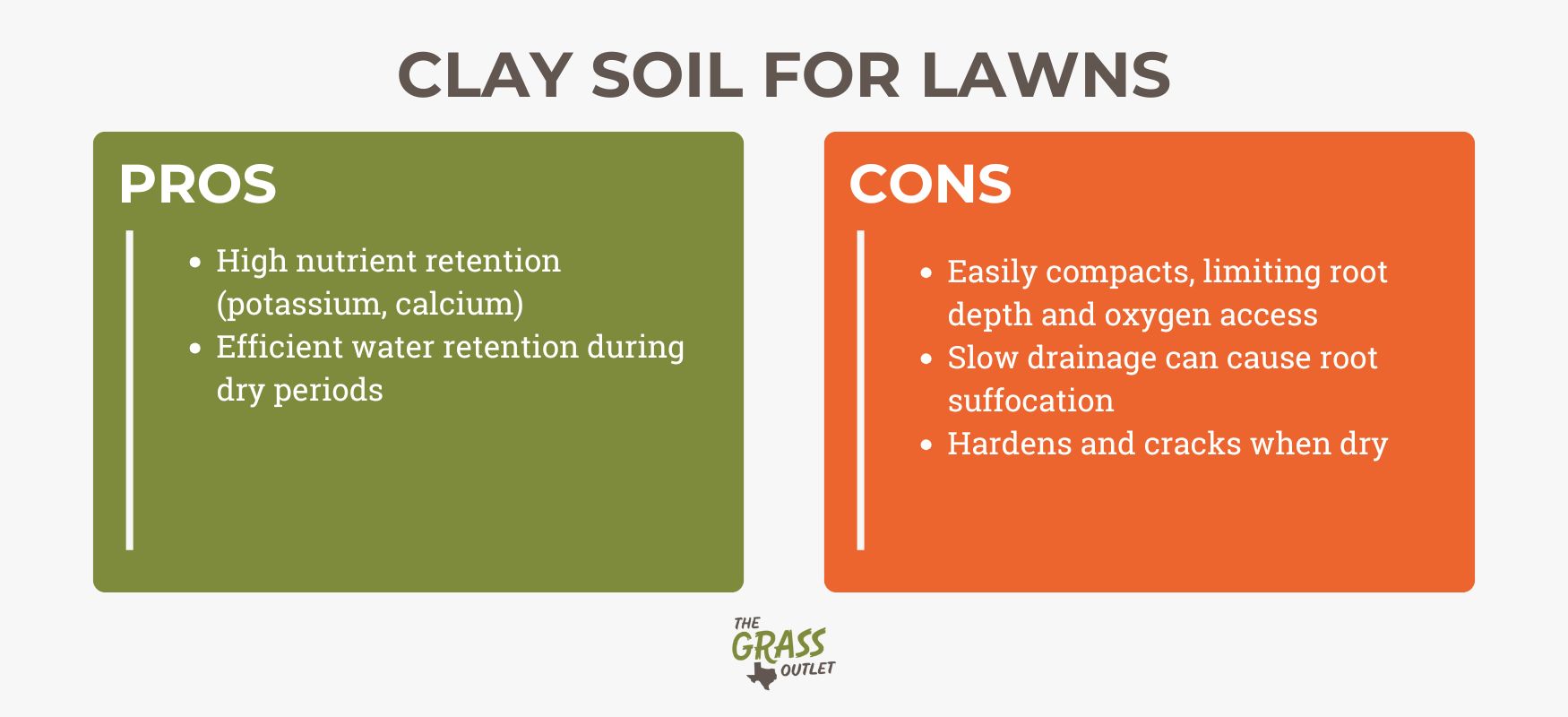
The Pros and Cons of Clay Soil for Lawn Establishment
Clay soils, classified as soils with slight particles, have a very high CEC (cation exchange capacity). This simply means they are better able to retain nutrients and essential minerals, such as potassium and calcium.
Clay retains water more efficiently than sandy soil, meaning grass planted in clay soil is less likely to dehydrate quickly during dry periods.
However, one of the biggest challenges is that clay soil compacts easily, making it difficult for grass roots to penetrate deeply. This limits access to oxygen, which is crucial for grass’s healthy development.
While clay retains moisture well, it drains very slowly. This can lead to water saturation, causing the grass’s roots to “suffocate” due to a lack of oxygen.
When clay soil dries, it becomes hard, almost like concrete, which can lead to cracking.
What to Look for in Sod for Clay Soil?
When selecting suitable grass for clay soil, it is essential to focus on specific characteristics that allow it to thrive despite challenges like poor drainage and soil compaction.
Lawns that can withstand dry periods are essential because, although clay holds water well, it dries out and hardens during droughts. Drought-tolerant grasses, such as Buffalo grass or Bermuda grass, are excellent choices because they can survive longer without water, allowing them to endure wet and dry conditions.
Grasses with deep roots, like Tall Fescue, are better suited to clay soil. These grasses send their roots deep into the ground, enabling them to reach nutrients and water beneath the compacted surface. Deep roots also increase resistance to compaction and help the grass access moisture even when the top layer dries out.
Since clay soil easily compacts, choosing a grass that can withstand damage caused by frequent foot traffic or equipment use is essential. Bermuda grass is often preferred for its durability and ability to recover quickly after being walked on.
Key factors to consider:
- Roots: Deep roots are crucial for stable grass growth and nutrient absorption, especially in compacted soils.
- Drought Resistance: The grass variety must be drought-resistant, ensuring minimal watering during hot summers.
- Compaction Resistance: The grass should withstand frequent walking and ensure proper soil aeration to prevent further compaction.
Top Sod Choices for Clay Soil
Several types of grass, including Tifway 419 Bermuda, Celebration Bermuda, and Zeon Zoysia, are highly suitable for clay soils.
Why is Tifway 419 Bermuda a Good Grass Variety for Clay Soil?
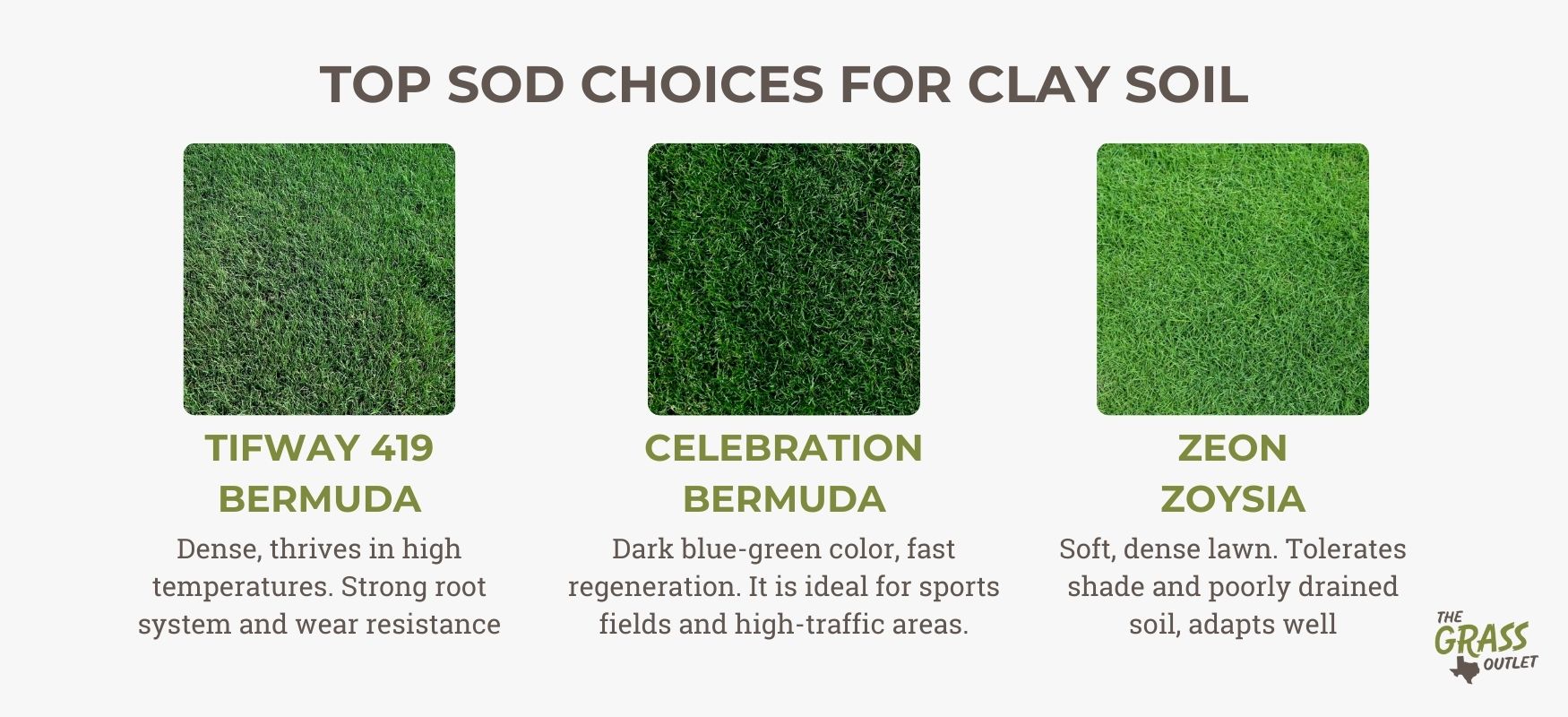
As a warm-season grass, Tifway 419 thrives in full sunlight and handles high temperatures exceptionally well. It has excellent wear resistance and recovers quickly from damage. In addition, it tolerates drought and lower temperatures. Its disease resistance contributes to a long lifespan, requiring minimal care. Effective Tifway 419 Bermuda grass maintenance can further enhance its durability and adaptability, especially in challenging soil conditions.
Although dormant during winter, Tifway 419 grows rapidly and vigorously in spring and summer. For this reason, it is commonly used on golf courses, sports fields, and home and commercial lawns. This type of grass also adapts well to poorly drained and compacted soils, making it a strong choice for clay-based lawns.
Celebration Bermuda – Fast Regeneration, Dense Growth, and Drought Resistance
Celebration Bermuda is an excellent choice for those seeking a lush and long-lasting lawn. It offers a combination of flawless beauty, durability, and low maintenance, making it a common sight in various settings, from home lawns to sports fields. Celebration Bermuda grass maintenance is uncomplicated, further adding to its appeal for those looking for a resilient yet low-maintenance option.
Introduced to the United States in 2001 from Australia, this fine-leaf grass is known for its attractive dark blue-green color. Its dense, highly compact growth provides a soft feel underfoot, making it particularly pleasant for home lawns and sports fields.
Celebration Bermuda thrives in warm and humid climates, as evidenced by its ability to withstand extreme heat, such as the scorching Texas summers. It performs well even in areas with limited water resources once established.
Its deep root system allows it to extract water and nutrients from deeper soil layers, particularly beneficial for clay soils.
Celebration Bermuda is highly favored for its exceptional resistance to heavy use, making it a popular grass for sports fields, golf courses, and high-traffic areas. One of its standout features is its ability to regenerate quickly, ensuring a robust and resilient lawn.
Zeon Zoysia – Easily Adapts to Different Soil Types
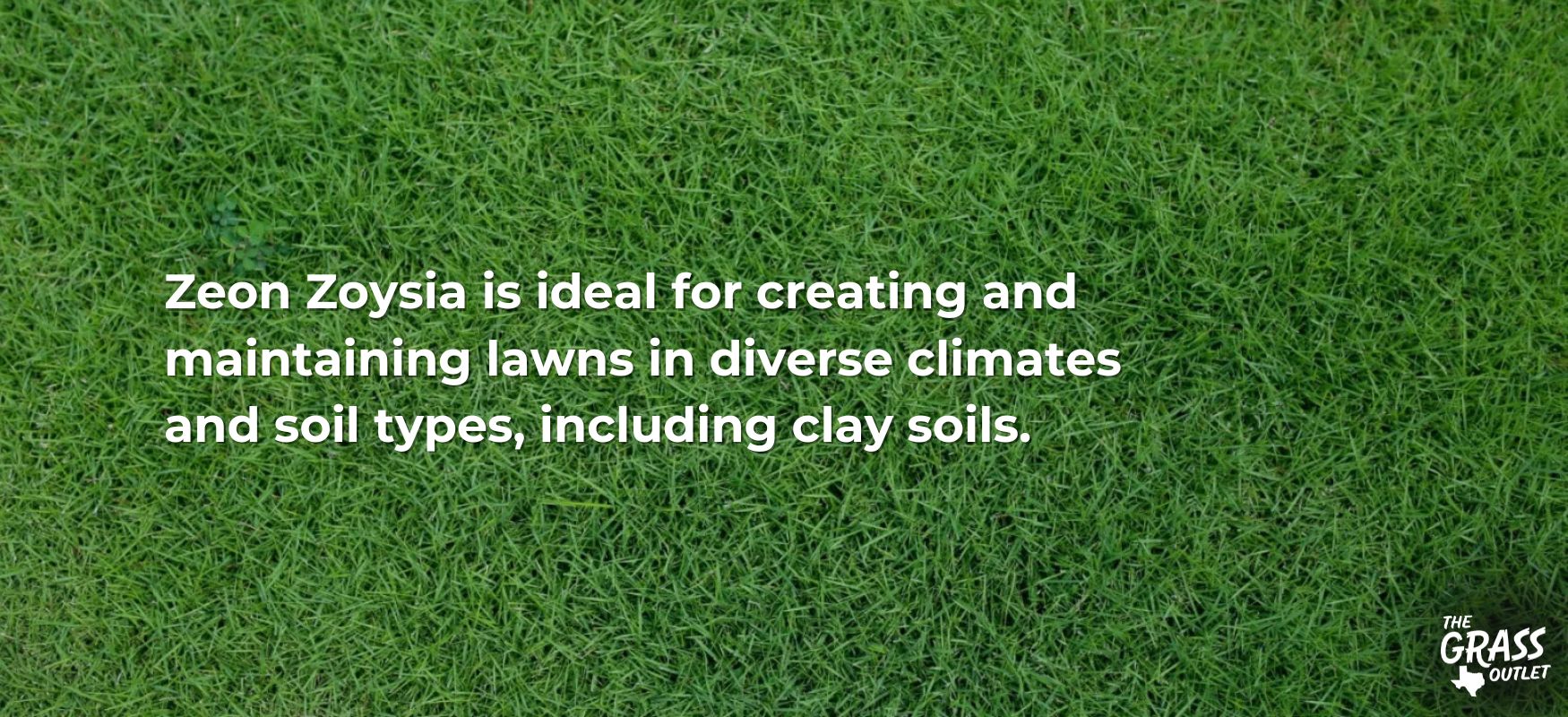
Zeon Zoysia is soft to the touch and comfortable for walking barefoot. It is popular in residential areas, commercial spaces, and golf courses. Its extensive root system creates a dense, compact lawn that adapts easily to different soil types, including clay.
One of the few warm-season grasses that tolerates shade well, Zeon Zoysia thrives even in less-than-ideal light conditions, although it performs best in full sunlight. It handles poorly drained soil effectively and requires less water than other Zoysia varieties.
Zeon Zoysia is among the first grasses to green in the spring, but it enters dormancy after the first frost. Once soil temperatures reach 10°C (50°F), this grass begins its rapid return to its lush, green state. This adaptability and resilience make Zeon Zoysia a top choice for various climates and soil types, including clay soils.
How to Prepare Clay Soil for Laying Sod
No matter the soil type, specific preparation is necessary before laying sod, and for clay soil, the process is exact and requires clear steps.
The first step is to determine the soil composition. Soil testing will reveal the amount of clay, the presence of nutrients, and the soil’s pH level. Clay soils are typically alkaline, while grass prefers a neutral pH between 6.0 and 7.0. Clay soil is often low in nutrients due to a lack of organic matter. The soil test results will give you precise information on adjusting the pH and enriching the soil before planting.
How can clay soil be improved? Adding organic matter is the first and best step, significantly improving soil structure. Tilling at least 2 to 2.5 inches of organic material into the clay soil, such as compost or peat moss, is recommended.
What else benefits this type of soil? Experts suggest mixing topsoil and loam to lighten the soil and enhance drainage.
Before laying the sod, it’s recommended to use a rotary tiller to mix all the additives deeply into the soil. Then, rake the surface to create a level area where the grass will grow better.
Once the soil is prepared, lay the sod as soon as possible. Apply a slow-release starter fertilizer to give the grass a healthy start. Water the grass thoroughly after laying it to help the roots establish more quickly. Keep the soil wet during the first few weeks, but avoid overwatering to prevent root rot.
Monitor the grass for signs of stress, such as wilting or yellowing, and adjust watering as needed.
How to Care for Sod on Clay Soil?
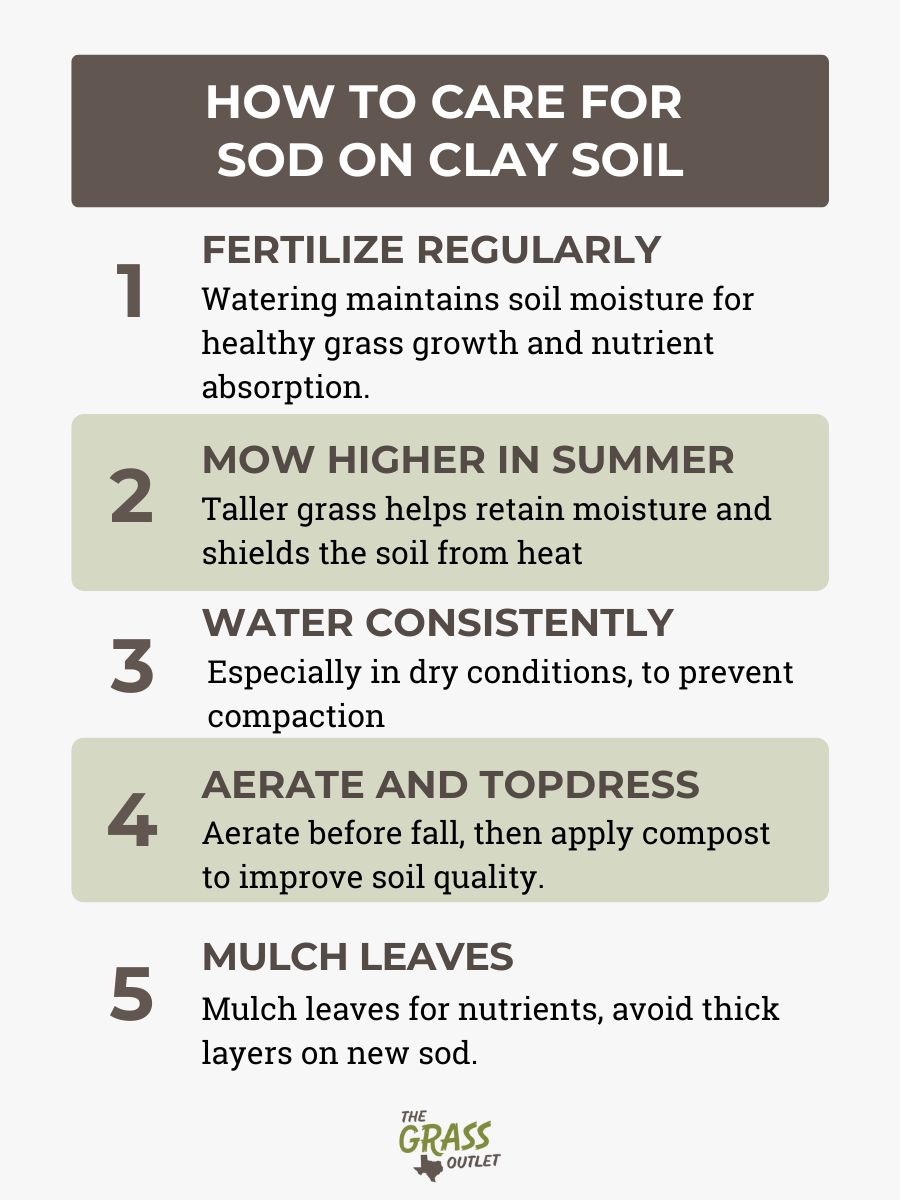
What is recommended?
Use organic fertilizer throughout the year.
Regular use of organic fertilizer is crucial for maintaining the lawn’s health and the soil’s quality. Organic, slow-release fertilizer can be applied five times a year: early spring, late spring, early fall, and late fall.
Mow at a higher height during summer
When summer temperatures rise, increase the mowing height. Taller grass protects the soil from overheating and drying out and helps retain moisture in the ground. Leaving the grass clippings on the lawn adds a natural mulch layer, which helps retain moisture and enriches the soil with organic matter. This layer also protects the grass’s roots from harmful sun exposure.
Water the lawn regularly
Regular watering is essential, especially if clay soil becomes hard when dry. Ensure that the soil remains moderately moist – if the soil dries out too much, water and nutrients won’t be able to penetrate the roots, preventing healthy grass growth. The best time to water is early morning to prevent water evaporation during hot days.
Aerate the lawn and topdress before leaves start falling
When temperatures drop before the leaves fall, aerate the soil to allow water, air, and nutrients to reach the roots more easily. Aerating clay soil will help alleviate compaction issues that commonly occur throughout the summer.
Add organic fertilizer to encourage vigorous growth, and then evenly apply a thin layer of compost or a soil mixture (50/50) across the lawn. This combination will help the grass root better and improve the soil’s health.
Mulch the leaves during fall, but be cautious with new sod
Instead of raking leaves in the fall, mulch them back into the soil. Leaves are rich in nutrients and can significantly improve soil quality. However, avoid covering the lawn with a layer of too-thick leaves, as this can suffocate the grass. If you’ve recently planted new sod, be extra cautious – too many leaves can damage the grass, so remove some if necessary to allow the new grass to absorb adequate sunlight.
Common Challenges and Solutions for Clay Soil
It’s no secret that clay soil presents numerous challenges to maintaining a healthy lawn, but with proper care and expert guidance, these challenges can be overcome. Continuity and attention to expert advice are key.
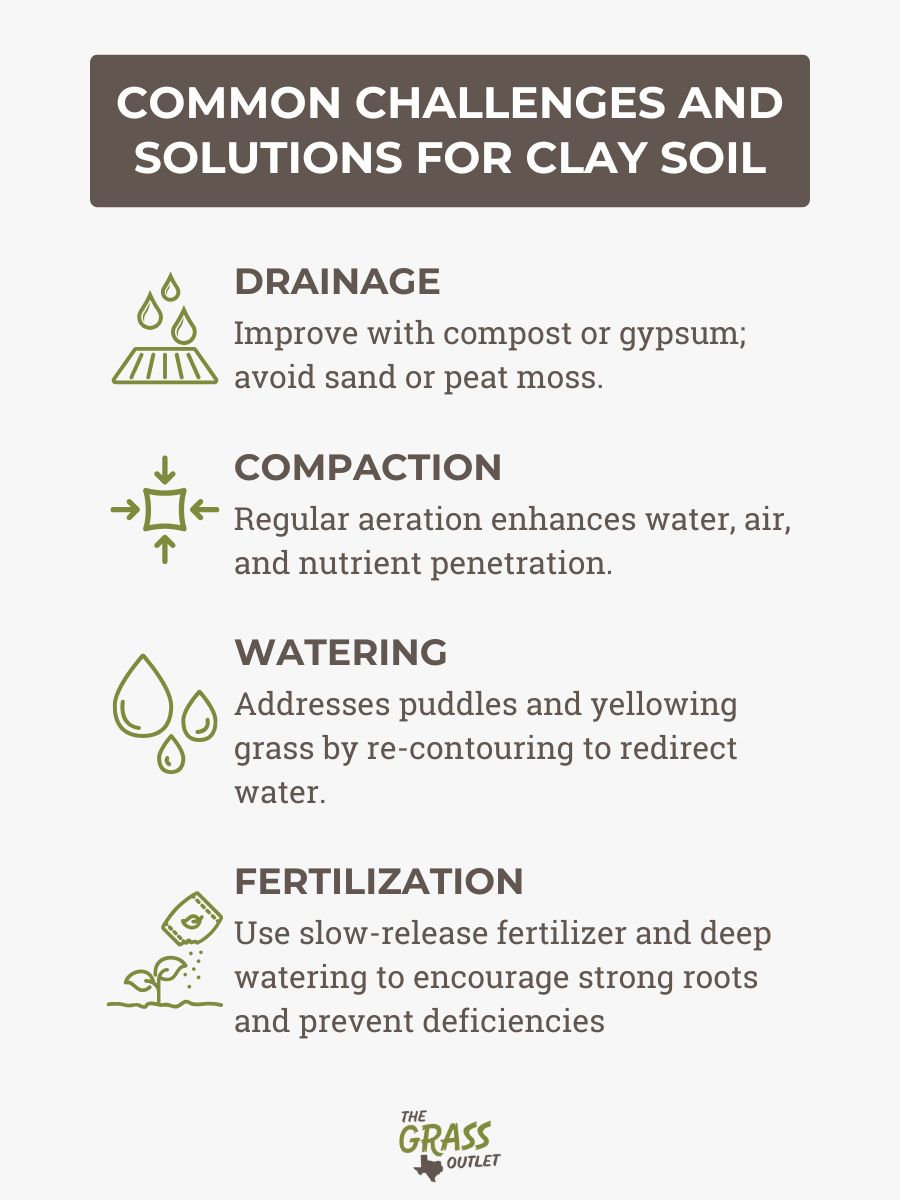
Gypsum is a helpful additive that helps break down clay particles, improves drainage, and reduces compaction without affecting the soil’s pH.
Soil compaction can result from various causes. Walking on wet soil often leads to compaction, and heavy rainstorms can worsen the problem by further compacting the particles. Once clay becomes compacted, it hinders the flow of water, air, and nutrients, exposing plants to root diseases and nutrient deficiencies.
Regular aeration of clay lawns is essential to reduce compaction. Aeration creates small holes in the soil, allowing water, air, and nutrients to penetrate the roots more quickly, helping the grass grow healthier and more robust.
Since water flow is the biggest challenge, pay close attention to the formation of puddles. When these appear, the grass may turn yellow. It’s recommended that the lawn be sloped to allow water to drain away from problematic areas. Slight re-contouring the lawn and filling low spots with a soil mixture can help redirect water.
The yellowing of the grass is often caused by poor drainage or a lack of nutrients. To prevent shallow root development, use slow-release fertilizer formulated for clay soil and water deeply but less frequently.
Conclusion
While clay soil is challenging for lawn formation, growing and maintaining a healthy lawn on it is far from impossible. The key lies in taking the proper steps and addressing two main issues: water retention and breaking up the compact soil structure.
Adding organic matter, such as compost or soil conditioners, can help break up clay particles and improve aeration. Applying gypsum can also help reduce the compactness of clay soil.
Choose grass varieties that tolerate clay soil well, such as Celebration Bermuda, Tifway 419 Bermuda, or Zeon Zoysia.
If you have any further questions about clay soil and its challenges, feel free to contact The Grass Outlet. Our experts will be happy to provide answers and advice.
